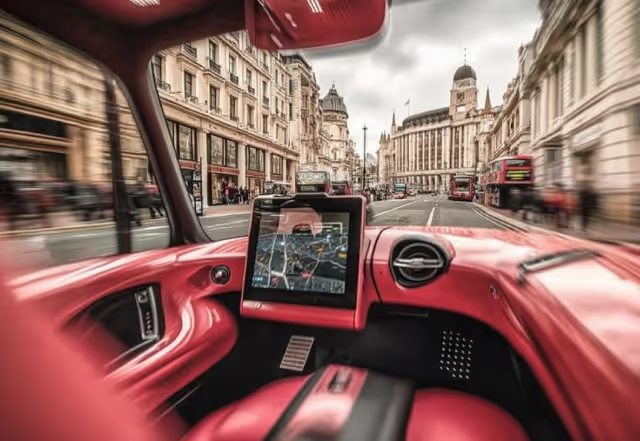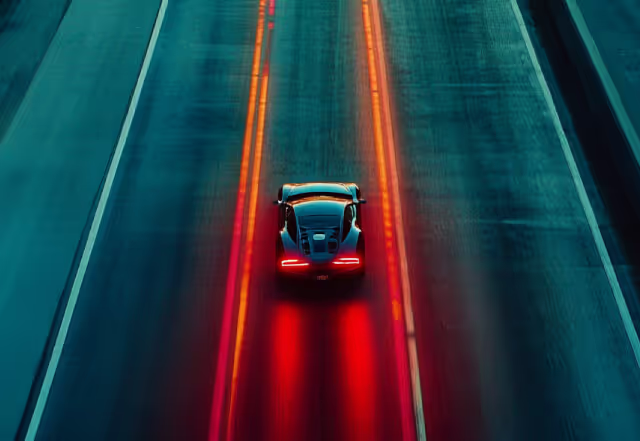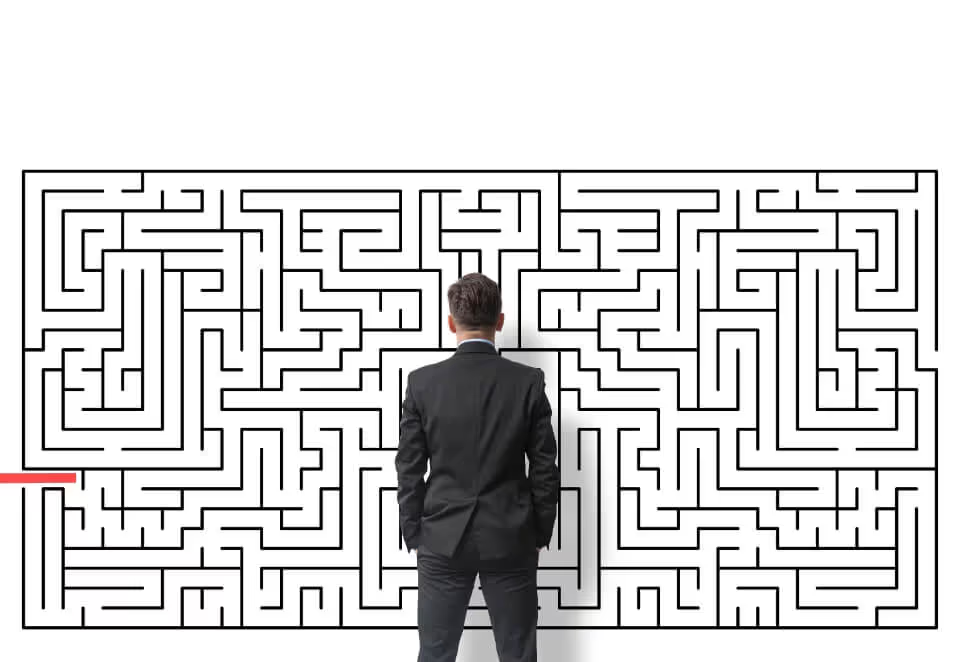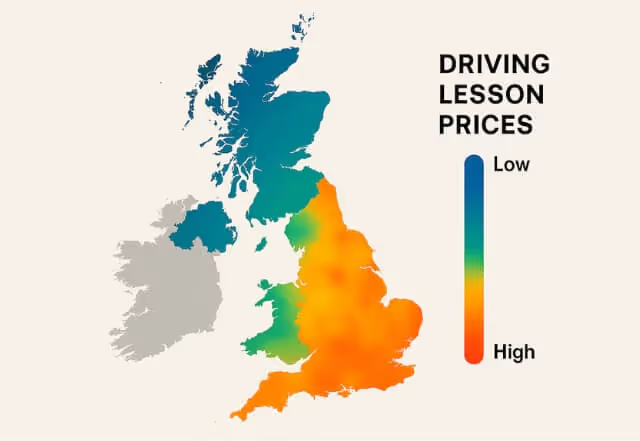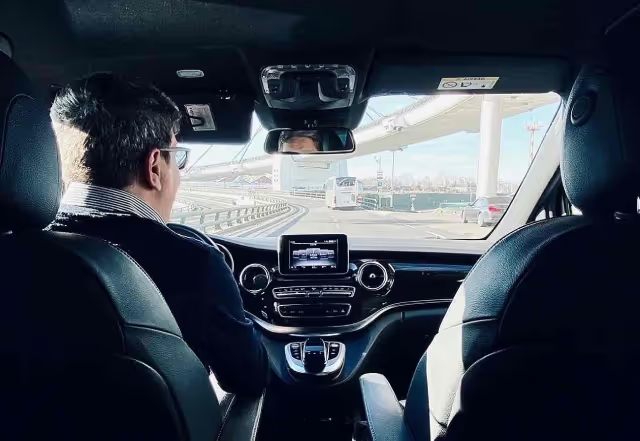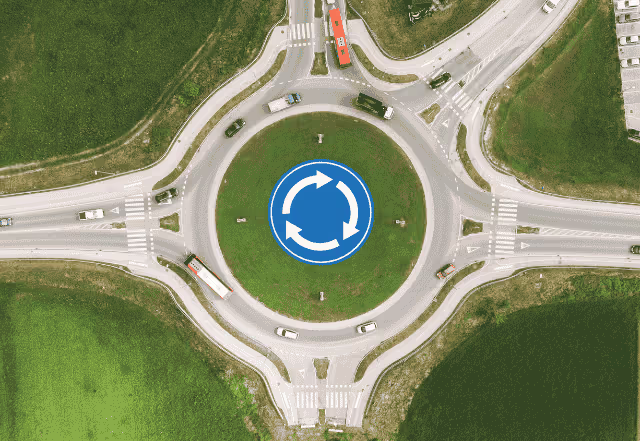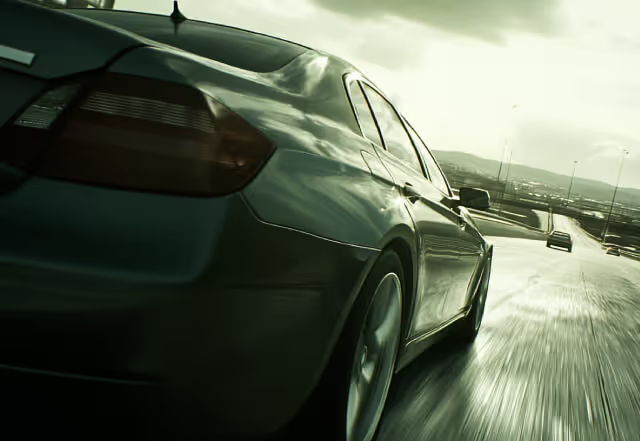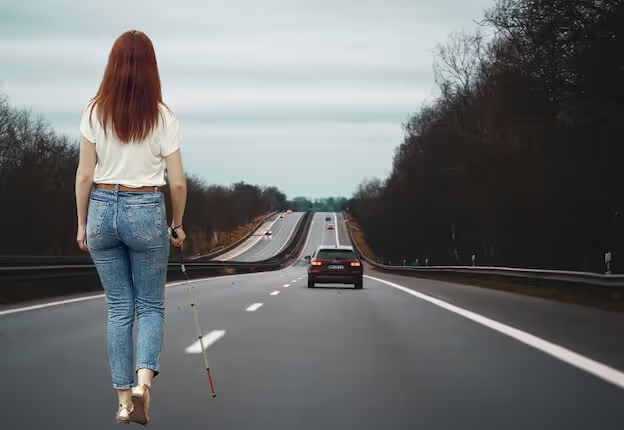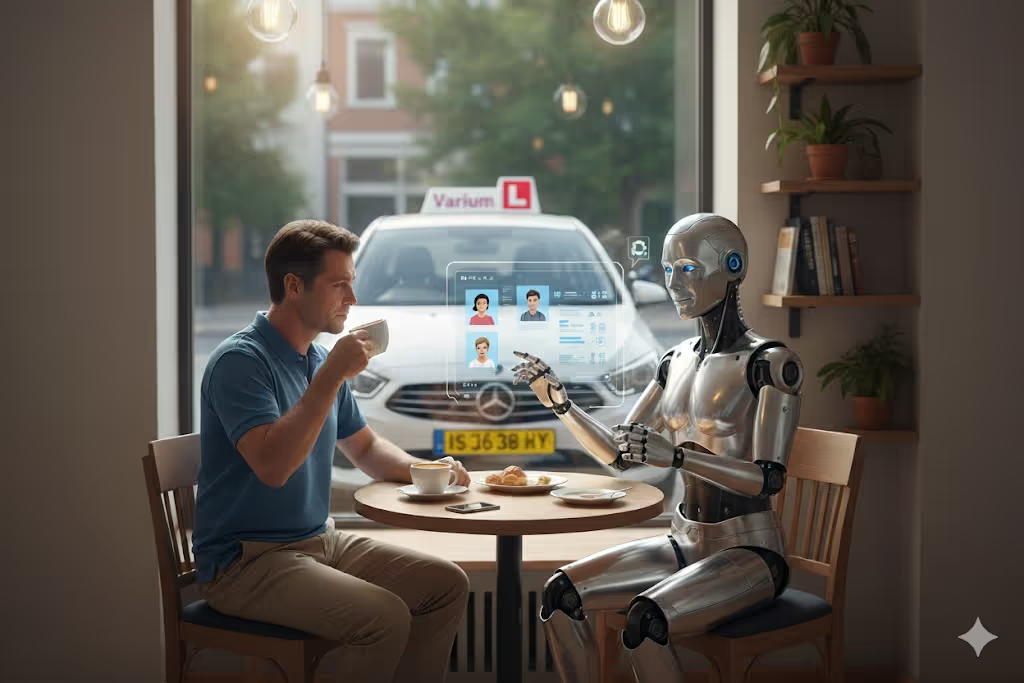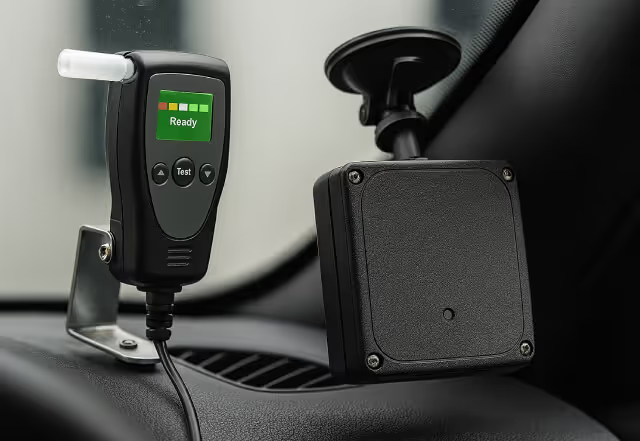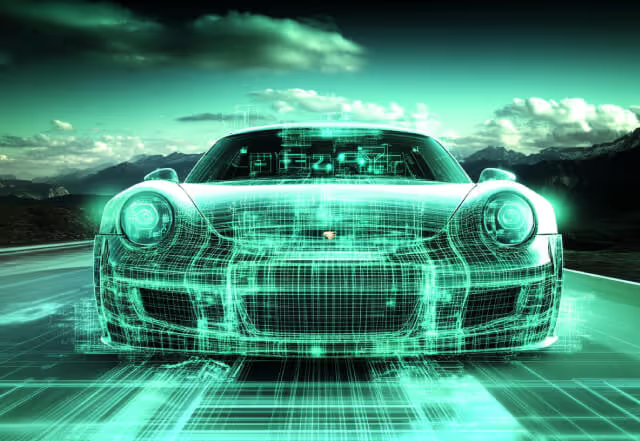So, you’re ready to hit the road but don’t want the hassle of shifting gears? Learning to drive an automatic car is a fantastic choice for beginners—it’s simpler, smoother, and lets you focus on the important stuff, like staying in your lane and avoiding rogue squirrels.
With no clutch pedal and no need to change gears manually, automatic cars make driving a whole lot easier. That means less stress, more confidence, and faster progress for new drivers. But there’s a catch—if you pass your driving test in an automatic, your license will only allow you to drive automatics. Want to drive a manual later? You’ll need to take another test!
How Do Automatic Cars Work?
What makes an automatic car different from a manual? In a manual car, the driver has to use a clutch pedal and gear stick to change gears. In an automatic, the car does it all for you basically. The transmission automatically selects the right gear based on your speed and engine power. That means you won’t have to worry about stalling or grinding gears.
The convenience factor is huge, which is why automatics are becoming more popular than ever.
Getting Familiar with an Automatic Car
Before you start driving, let’s go over the basics:
Gear Selector
Unlike a manual car with its complicated gear stick, an automatic car has a simple gear selector with a few key positions:
- P (Park) – Locks the wheels so the car won’t move.
- R (Reverse) – Moves the car backward.
- N (Neutral) – Disengages the transmission, letting the car roll freely (useful in traffic jams or car washes for example).
- D (Drive) – Moves the car forward, shifting gears automatically.
Pedals
Automatic cars have only two pedals:
- Accelerator (right foot only!) – Controls speed.
- Brake (also right foot only!) – Slows or stops the car.
🚨 Pro tip: Never use your left foot to brake. It’s a rookie mistake that leads to ‘jerky’ stops and confused passengers.
Dashboard Symbols
Some important dashboard symbols you should recognize:
- Parking Brake Light – Reminds you to release the brake before driving.
- Low Fuel Light – Tells you to get to a gas station ASAP.
- Check Engine Light – Signals potential engine issues (don’t ignore this!).
- Gear Indicator – Shows your current gear (P, R, N, or D).
Step-by-Step Guide: How to Drive an Automatic Car
Now that you know the basics, let’s put it all together:
Step 1: Adjust Your Seat, Mirrors, and Steering Wheel
Comfort is key. Make sure your seat allows you to reach the pedals easily, your mirrors give you a clear view, and the steering wheel feels right.
Step 2: Start the Car
With your foot on the brake, turn the key or press the start button. Always make sure the car is in Park (P) before starting.
Step 3: Move from Park to Drive
Still holding the brake, shift the gear selector from P (Park) to D (Drive). Release the parking brake and you’re ready to roll.
Step 4: Accelerate and Brake Smoothly
Press the accelerator gently to move forward. Need to slow down? Ease onto the brake pedal. The smoother your movements, the more comfortable and safer your driving will be.
Step 5: Reversing
Need to back up? Come to a full stop, shift into R (Reverse), check your mirrors, and slowly press the accelerator.
Step 6: Parking and Turning Off the Car
Once you reach your destination, shift back to P (Park), apply the parking brake, and turn off the engine.
Closing thoughts
Driving an automatic is a breeze once you get the hang of it. Follow these steps, stay relaxed, and before you know it, you’ll be confidently driving automatic like a pro. And if you still want to learn manual in the future, then there is always room for that too.


